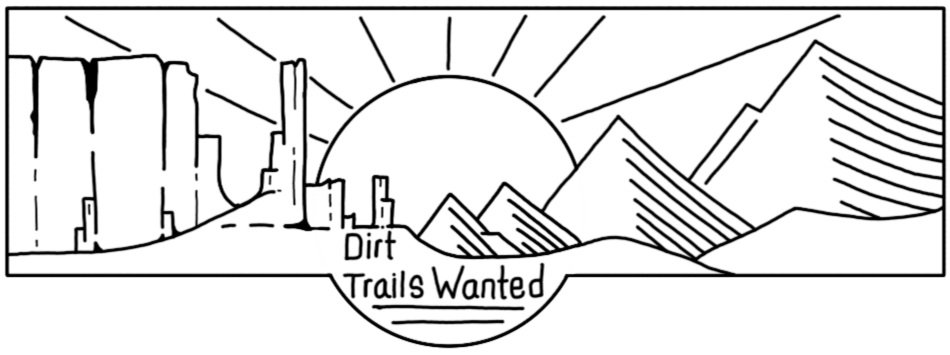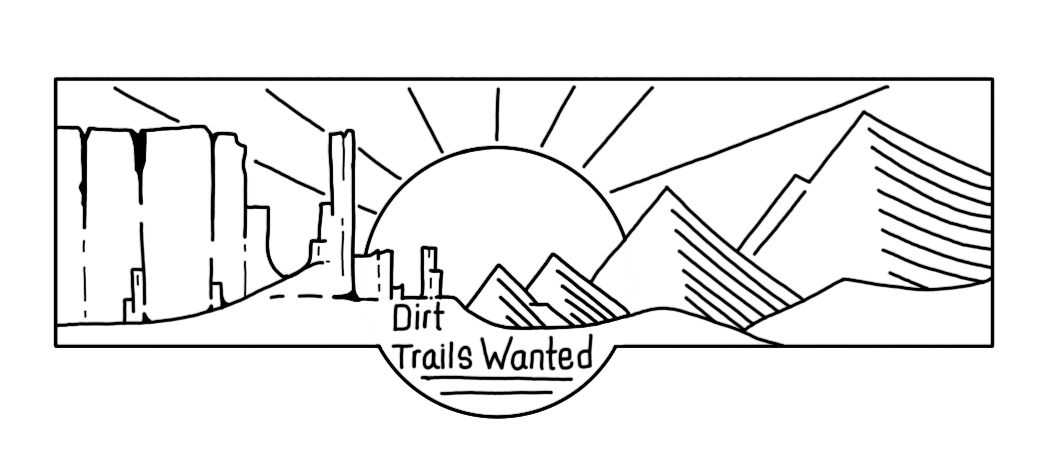Embarking North, Part 6: Tuktoyuktuk, Northwest Territories
You may remember from our previous blog post that, just moments before pulling into town, we met Alex and Dmitri along the side of the road. After a few moments of chatting, they invited us to follow them into town and then to the Arctic Ocean sign. This is where we will pick up our story.
The town that we are referring to is Tuktoytuk. Located in the Northwest Territories of Canada at the end of the northernmost road accessible from the mainland. Even that road to this area is a new occurrence, officially opening in November of 2017. Before that the only way into this community was by boat or plane in the summer months, or an ice road in the winter. Driving to Tuktoyuktuk has been on our list while, well at least as long there as been a road.
Tuktoyaktuk, often shortened to Tuk earned its name, which means "it looks like a caribou," from an indigenous legend that says a woman watched as caribou waded into the waters surrounding Tuktoyaktuk and turned to stone, becoming petrified. It is said that when the tide is low, these petrified caribou are still visible in the rocks just offshore.
Arriving here was as much the northern most point of our trip, as it was the real beginning of our travels, and also the point that we had truly settled into life on the road.
After meeting Alex and Dmitri and following them into town, we were quickly introduced to their friends Karsten, Arved, and Dominique. The three of them had started their journey to Tuk much further south than us, departing from Mexico in a UAZ "Bukhanka" affectionately earning that nickname for how closely the Russian-made car resembles a loaf of bread. We chatted for several minutes at the Arctic Ocean sign in the freezing cold wind, then decided it was time to take a short stroll around town and make our way to a place that we had heard about for so long, Grandma’s Kitchen.
Along the way, we stopped for a few moments to check out a collection of whale bones and caribou antlers. Both of these animals are traditionally hunted by the residents here and are a key source of food throughout the year.
I don't know of many places like Grandma’s Kitchen. This super small eatery is the only place to order food from in all of Tuk. The menu is straightforward, as you’d expect in such a remote community, with the usual fare of hot dogs, french fries, fish, and burgers. However, there is one item on the menu that I have only experienced here, Muktuk.
Muktuk is a traditional indigenous food for the people of the Arctic region. It is the outer layer of fat and skin from a whale, most commonly Bowhead or Beluga whale, in this case, it was Beluga. Usually, it is eaten raw, but because of food safety concerns, they can’t serve it completely raw, so they boil it momentarily before serving it.
Despite having some uncertain feelings about whaling, and consuming whales it seemed appropriate that since this is part of the local subsistence way of life and feeding the community, consuming it here was as good of an opportunity as we would ever get. So we decided to make an order, we would split it between us.
One order is served as six pieces cut into cubes roughly 1cm in size, speared with a toothpick. Commonly, it’s dipped in either HP sauce or ketchup, similar to french fries. Its taste is something very unique and surprisingly delicious, not nearly as rubbery or as chewy as we expected, considering it’s primarily fat. While finishing our small serving of Muktuk, we chatted more with our newfound friends, comparing travel notes, hopeful goals, and destinations we wanted to experience.
At some point, the question arose about how long we would be in Tuk and where we planned to camp. At the time, we truly didn’t have a good answer. We had planned to camp in a small campground at the end of the spit, but with such strong winds, blowing sea spray, and much colder temps than expected, we had been reconsidering our camping plans.
Upon learning of our uncertain camping plans, they offered that we should spend the night with them at the rental they had gotten for their stay in town. Excited about the idea of getting out of the wind and spending more time with new friends, we eagerly accepted. That evening, we shared stories and a bottle of Jameson that had been rolling around in our cooler for some time.
A unique to us sign hung by the front door in a small entrance way, it made us wonder how cold it must get up here in the winter months.
Shortly before 11 pm, we decided to take a stroll to the shoreline to experience the Arctic Ocean just before midnight. Despite the cloudy weather and lack of real sunshine, this was an experience we will never forget. The biting cold wind and near-freezing spray from the ocean reminded us of where we were, at the end of the northernmost road in Canada and in the only community on the Arctic Ocean accessible by road from the rest of Canada.
The following morning, we packed up our truck and said our goodbyes to everyone, wishing we could stay longer. Unfortunately, there wasn't much time left in the few days Christina had taken off of work to make this portion of the trip happen, and we had to get back to reliable WiFi and cell signal soon.
On our way out of town, we stopped and saw a few more things along the way. Of course, we had to make a stop to pick up the “I made it to Tuk” sticker as well as poking our heads in the small visitor center and a local artist store.
Back at the Arctic Ocean sign we met a local who was curious about our travels and just wanted to chat. He told us about his ancestors living in igloos there and how he still hunts Beluga and Polar Bears. In the winter, the ice goes 50 miles out and the Polar Bears hunt seals from out there. We asked if the Polar Bears are ever an issue and he told us that generally only the young small bears wander into town but usually don’t cause too much trouble.
As we chatted further he told us how he loves meeting people from all over the world as they come to visit the area, but that he is shy since outsiders are still relatively so new to Tuk(Road access only happened in 2017, and covid closed it for much of the time after ‘19). He told us how he wants to open a coffee shop in Tuk to meet more tourists and we encouraged him to do so and that we’d certainly come back for his coffee shop!
It was really so special to get to meet and talk to the locals of Tuk and they were all so kind!
We had traveled roughly 5800 km (3600 miles) from our home base in Carbondale, Colorado, before arriving in and eventually leaving Tuktoyaktuk.
I don’t think that either of us expected to travel that far to find community, especially in a place where we knew no one, but that’s how it happened, and really where it began for us making friends on the road! This was the first spot along our trip where we would spend enough time, not a lot by any means, but just long enough stationary with some other travelers that would make a connection.
Our time in Tuk was more than just the northernmost end of our journey. It was a much-needed reminder of the kindness of strangers, a reminder to stay open to opportunities and to embrace the unexpected joys that we come across while making this journey.
Thanks for following along! We can’t wait to share the next leg of our trip with you, where we make more friends, help to get a broken-down motorcyclist running again, and officially arrive in Alaska!


